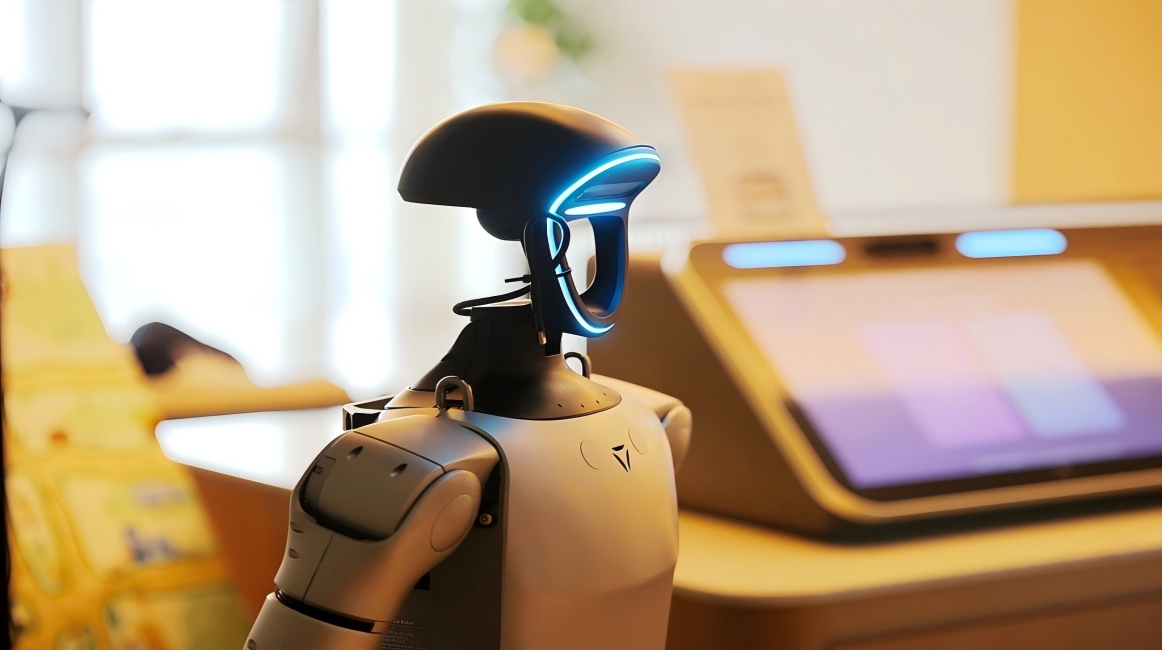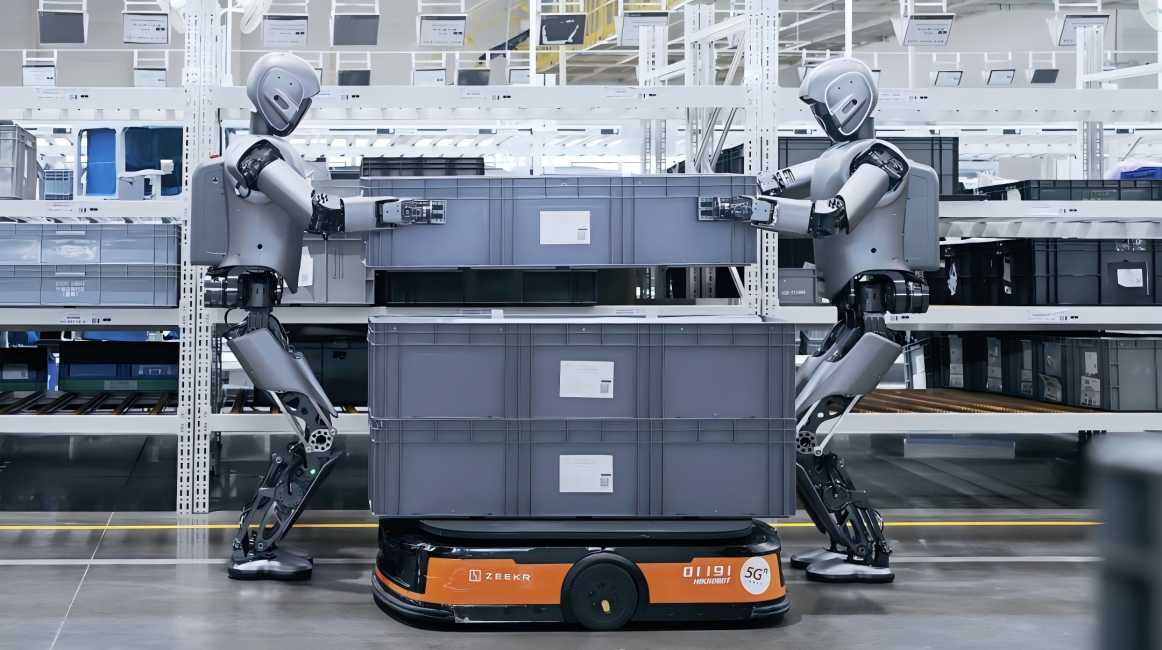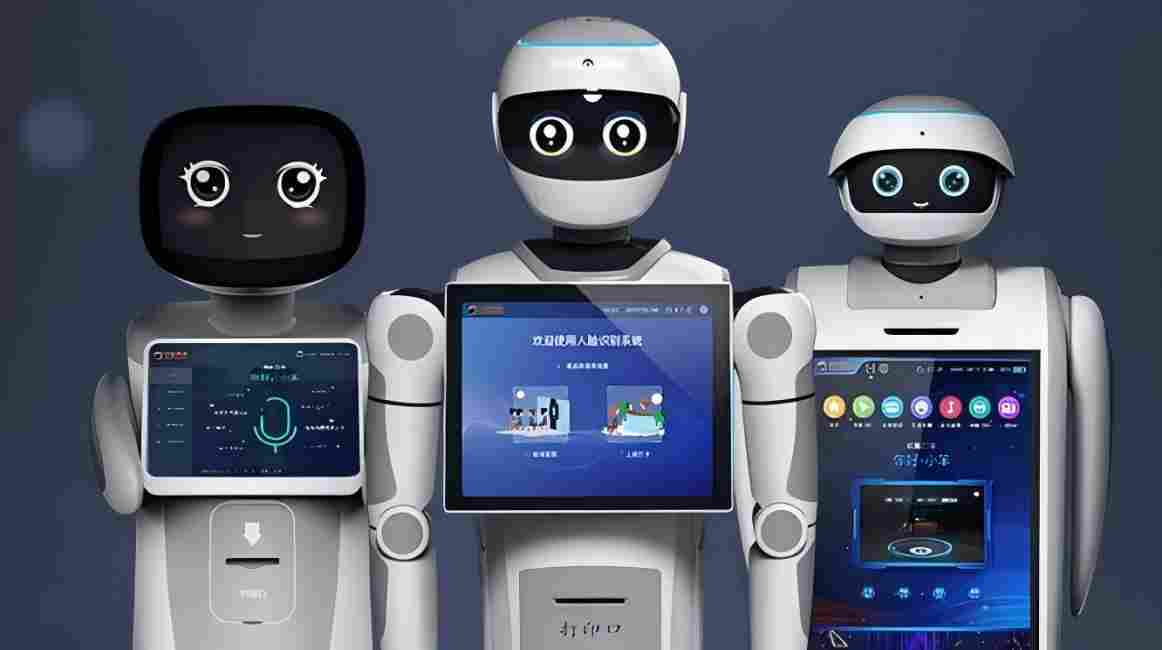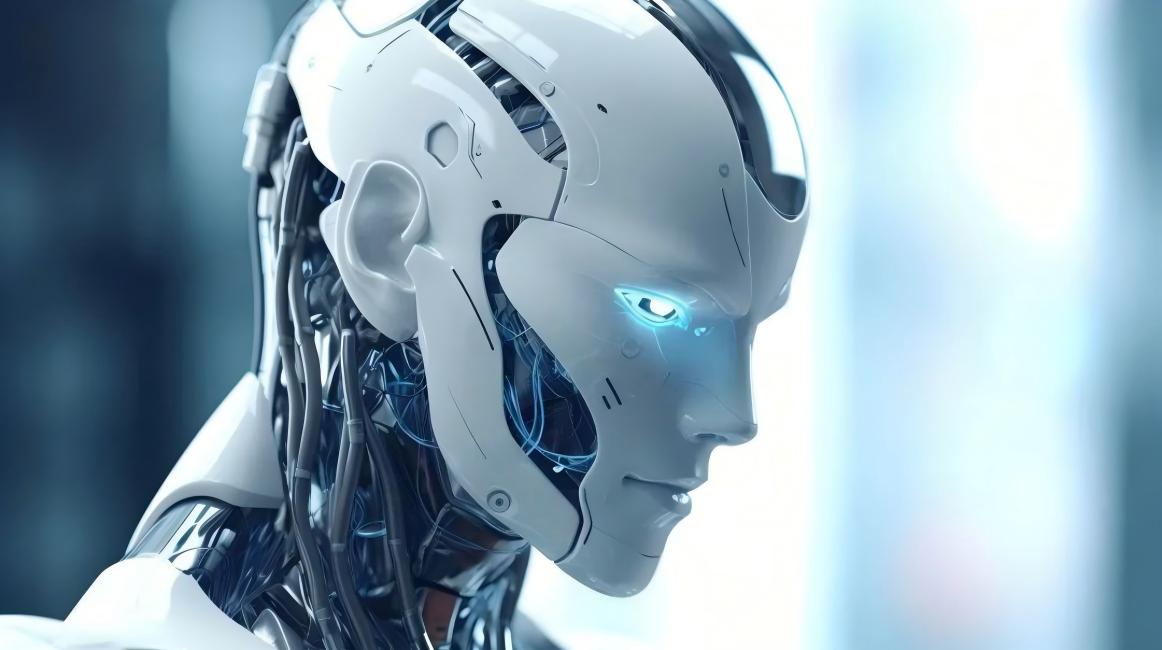From precise operations in factory workshops to cultural explanations in museums, from gentle care in elderly support to efficient operations in logistics and warehousing, China's robots have quietly penetrated into the social fabric, becoming a new driving force for development. This intelligent revolution brings not only a leap in efficiency but also profound inquiries about technology and humans, progress and balance.

The breakthroughs of robots in the industrial field have long written a brilliant chapter. In 2024, the stock of industrial robots in China exceeded 2 million units, with new installations accounting for the global total, remaining the world's largest application market for 12 consecutive years. From automobile manufacturing to the electronics industry, a penetration rate of 4 robots per 100 workers has brought a qualitative change to "Made in China" in terms of precision and efficiency. More notably, China's robots have broken free from dependence on key components, with the market share of independent brands reaching 58.5%. Even humanoid robots have entered factory training, demonstrating strong innovative hard power.

In daily life and cultural communication, robots are reshaping the boundaries of experience. "Xiaotian", the guide robot at Xinchang Museum in Shaoxing, China, can accurately interpret cultural relics along the Tang Poetry Road relying on a multi-modal large model. It serves more than 800 people a day, bringing thousands of years of civilization to life and helping with cultural and creative development through passenger flow data. Service robots have also flourished, with an annual output of 13.5 million units covering elderly care, medical care, logistics and other fields. They not only alleviate the labor shortage caused by aging but also make life more convenient. From household cleaning robots to restaurant food delivery robots, intelligent tools have become effective assistants in life.

However, behind the rapid development, hidden worries cannot be ignored. The popularization of industrial robots has brought adjustments to the employment structure, with low-skill jobs facing substitution pressure and the entry speed of new enterprises slowing down. In elderly care scenarios, although robots can provide daily care, they can hardly replace emotional resonance between people. There are also problems such as insufficient technical adaptation and shortcomings in high-end links in some fields. These are not the original sin of technology but the inevitable growing pains of industrial upgrading.
In fact, robots bring more structural optimization than absolute impact. Studies have shown that although the application of robots affects the employment growth rate in the short term, it can promote the transfer of labor to higher-quality jobs in the long term and enhance human capital accumulation. In response to transformation challenges, the vocational skills training system is being improved. Policies guide robots to focus on high-risk and high-labor-intensity jobs, while encouraging enterprises to delve into emerging fields. From agricultural picking robots ensuring food security to medical robots reshaping health services, the orientation of technology for good has become increasingly clear.

The development of China's robots has never been about letting machines replace humans, but about empowering humans with intelligence. When industrial robots free people from repetitive labor, people can engage in innovation and creation; when service robots take on tedious tasks, emotional communication and value creation are pushed to a more important position. In the future, with technological iteration and institutional improvement, those temporary shortcomings will eventually become stepping stones for progress.
In this wave of intelligence, we need to embrace the development dividends brought by technology and maintain a clear understanding of the way of balance. Robots are tools, but also mirrors, reflecting the original intention of pursuing a better life. In the symbiosis of steel bodies and humanistic warmth, China's robots will eventually find more warm growth coordinates and inject lasting and warm momentum into social development.



